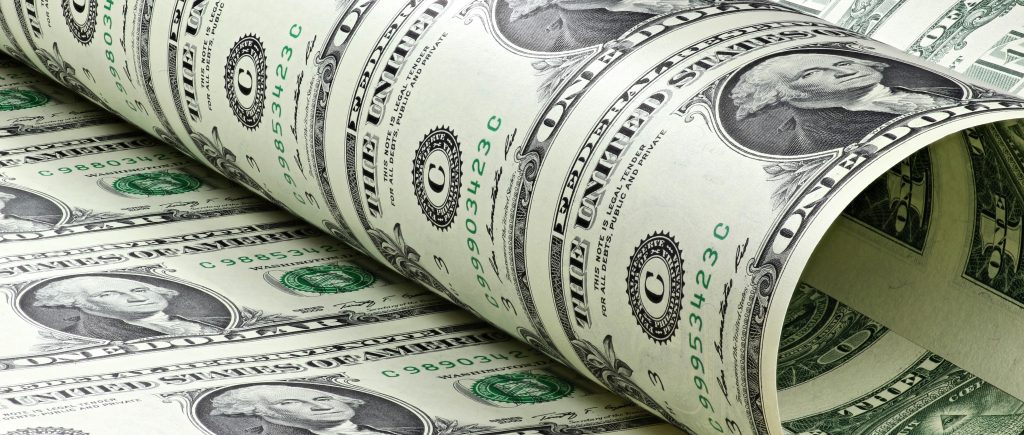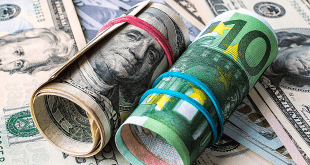The US Dollar is riding a wave of renewed strength, climbing above 97.50 on the US Dollar Index (DXY) after a brief dip during Asian trading hours. Buoyed by stronger-than-expected labor market data and escalating trade rhetoric from President Donald Trump, the Greenback is holding firm as investors navigate a complex landscape of economic signals and geopolitical tensions. With the Federal Reserve signaling potential rate cuts later this year and Trump intensifying his trade offensive, the Dollar’s trajectory is shaping up to be a focal point for global markets.
Recent labor market data has painted a mixed but largely positive picture. Initial Jobless Claims for the first week of July dropped to 227,000, a decline of 5,000 from the previous week and well below expectations of 235,000. This marks the fourth consecutive weekly drop and the lowest level in seven weeks, underscoring the resilience of the US labor market despite high interest rates. However, Continuing Jobless Claims rose to 1.965 million, the highest since 2021, hinting at challenges for those already unemployed in re-entering the workforce. This divergence suggests a labor market that is robust yet showing early signs of cooling momentum, keeping investors on edge.
President Trump’s aggressive trade policies are adding fuel to the Dollar’s fire. On Wednesday, he escalated his tariff campaign, targeting seven additional countries—including the Philippines, Brunei, Moldova, Algeria, Iraq, Libya, and Sri Lanka—with proposed import duties of 20% to 30%. A particularly sharp move came against Brazil, with a 50% tariff on its exports, tied to Trump’s criticism of the trial of former Brazilian President Jair Bolsonaro, which he labeled an “international disgrace.” These actions, combined with a reaffirmed 50% tariff on copper imports effective August 1, signal a broadening trade offensive that could disrupt global supply chains and bolster the Dollar as a safe-haven asset amid rising uncertainty.
The Federal Reserve’s cautious stance is also shaping market dynamics. The June FOMC Meeting Minutes, released Wednesday, revealed that most officials see a rate cut as likely later this year, though a July cut now seems unlikely, with market odds dropping to just 6.7% according to the CME FedWatch Tool. Instead, traders are betting on a September cut, with a 67.3% probability of a 25-basis-point reduction. Trump, however, is pushing for more immediate action, calling for a 3-percentage-point cut to ease the burden of the ballooning $36.6 trillion national debt. His recent posts on Truth Social criticized Fed Chair Jerome Powell, dubbing him “Too Late” and urging faster rate reductions to capitalize on what he calls a “gigantic comeback” for the US economy.
The interplay of these factors—strong jobs data, Trump’s trade escalation, and Fed caution—has kept the Dollar resilient despite pressures from falling Treasury yields and global trade uncertainties. Momentum indicators like the RSI and MACD suggest a tentative recovery, but the Greenback’s path forward will depend on how markets balance these competing forces. As Trump’s August 1 tariff deadline looms and the Fed remains data-dependent, the US Dollar’s strength will continue to reflect the broader tug-of-war between economic optimism and geopolitical risk.

 Noor Trends News, Technical Analysis, Educational Tools and Recommendations
Noor Trends News, Technical Analysis, Educational Tools and Recommendations



